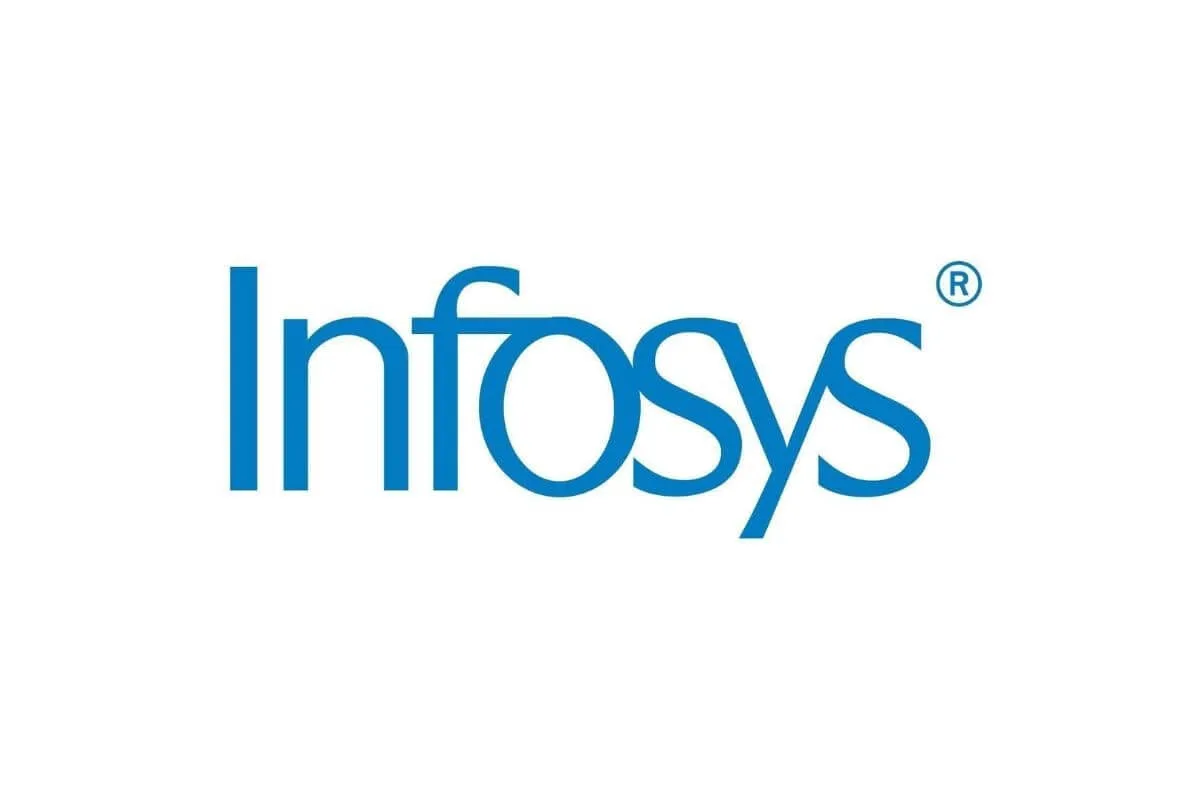
Nandan Nilekani, Non-Executive Chairman of Infosys, emphasised the transformative role of artificial intelligence (AI) in driving financial inclusion. He said that AI can serve as the medium that will make digital public infrastructure-based (DPI) financial services accessible to billions of Indians. He highlighted how AI-powered language models can significantly expand access to financial services for billions of people, according to multiple media reports.
Also Read: Infosys Research Reveals Companies Anticipate Up to 40 Percent Productivity Gains from Enterprise AI
AI as a Catalyst for Financial Inclusion
India plans to expand its DPI to more than 50 countries within the next five years. So far, it has supported the implementation of parts of its DPI stack in 20 countries, Nilekani reportedly shared. He added that the estimated value of companies created on top of DPI will be over USD 100 billion in market cap.
Emphasizing the transformative potential of AI for population-scale services, Nilekani reportedly noted that AI is being utilised to reduce fraud by creating highly personalised solutions. He also mentioned that AI is being explored to address India’s linguistic diversity.
AI for Bharat
"We have 22 official languages and several hundred other spoken languages…So, some of the work we've done in AI for Bharat at IIT Madras is to create open data for Indian languages, which can be used by everybody," he said, according to a Moneycontrol report. "If individuals in India can interact in their preferred language—whether to access information or complete tasks—it opens up financial services to a billion people."
"I think AI has a huge role in communication," he added while reportedly speaking at a fireside chat during Sahamati Samvaad 2024, held in Mumbai on November 19.
NPCI's AI Innovations
He pointed out that NPCI is now leveraging these AI-driven language models to enable voice-activated payment commands in Hindi and English. This has helped Indian users to speak in the language of their choice over the phone, or while using a WhatsApp bot or aggregating information to execute tasks over the phone, Nilekani reportedly shared.
Reiterating his views on Indian startups and enterprises using foreign-origin large language models (LLMs), Nilekani reportedly said that he continues to believe that LLMs are commodities, and the real value will unlock only with the layers and applications built on top of it or building the small language models using data specific to an enterprise or a government.
"These four or five big guys are going to spend USD 200 billion to build the next LLM… Use cases are where the action is. I've always said that India will be the use case capital of AI in the world. So, you're going to see massive amount of AI in these applications, and some of them are going to be built by people," he reportedly remarked.
Also Read: Infosys Partners with Zooplus for AI-Powered E-Commerce Transformation
Last month, Nilekani had said that India's goal should not be to build one more LLM. "Let the big boys in the (Silicon) Valley do it, spending billions of dollars. We will use it to create synthetic data, build small language models quickly, and train them using appropriate data," he had said, adding that creating infrastructure for collecting the right data and making India the "use case capital of AI globally."
According to a Business Standard report, Nilekani added that all the building blocks of digitisation in India have been created in a way that promotes financial inclusion. This began with the creation of Aadhaar, followed by its use to open bank accounts under the Jan Dhan-Aadhaar-Mobile (JAM) programme, the introduction of UPI, Aadhaar-enabled payment systems (AePS), the launch of BHIM, and the creation of the Account Aggregator (AA) system.
Also Read: Temenos Brings On-Premises Generative AI for Banks with Nvidia
Digital Transformation Journey
Nilekani also highlighted the 15-year-long journey of building India's technology stack of Aadhaar, UPI, DigiLocker, account aggregator infrastructure, and more.
"Over the last 15 years, there have been layers and layers of this (tech use cases). The important principle was to be population scale, enable small transactions, and frugal engineering. Making sure that we had public rates for private innovation. So right from day one, the philosophy has been, that we need these minimalistic rates. And then allow private innovation to flourish," he reportedly said.















